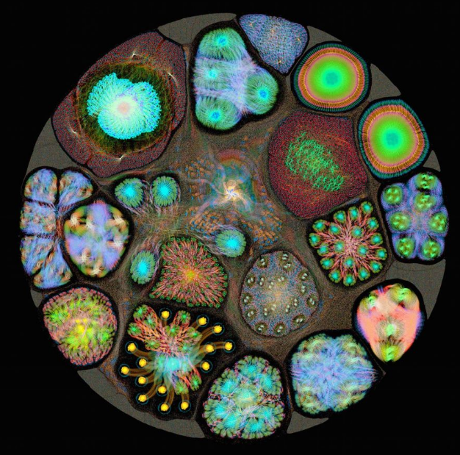‘AI brain scans’ reveal what happens inside machine learning
The ResNet architecture is used for building deep neural networks for computer vision and image recognition. The image shown here is the forward (inference) pass of the ResNet 50 layer network used to classify images after being trained using the Graphcore neural network graph library
Credit Graphcore / Matt Fyles
…
The image is great eye candy, but if you want to see images annotated with information, check out: Inside an AI ‘brain’ – What does machine learning look like? (Graphcore)
From the product overview:
Poplar™ is a scalable graph programming framework targeting Intelligent Processing Unit (IPU) accelerated servers and IPU accelerated server clusters, designed to meet the growing needs of both advanced research teams and commercial deployment in the enterprise. It’s not a new language, it’s a C++ framework which abstracts the graph-based machine learning development process from the underlying graph processing IPU hardware.
Poplar includes a comprehensive, open source set of Poplar graph libraries for machine learning. In essence, this means existing user applications written in standard machine learning frameworks, like Tensorflow and MXNet, will work out of the box on an IPU. It will also be a natural basis for future machine intelligence programming paradigms which extend beyond tensor-centric deep learning. Poplar has a full set of debugging and analysis tools to help tune performance and a C++ and Python interface for application development if required.
…
The IPU-Appliance for the Cloud is due out in 2017. I have looked at Graphcore but came up dry on the Poplar graph libraries and/or an emulator for the IPU.
Perhaps those will both appear later in 2017.
Optimized hardware for graph calculations sounds promising but rapidly processing nodes that may or may not represent the same subject seems like a defect waiting to make itself known.
Many approaches rapidly process uncertain big data but being no more ignorant than your competition is hardly a selling point.
